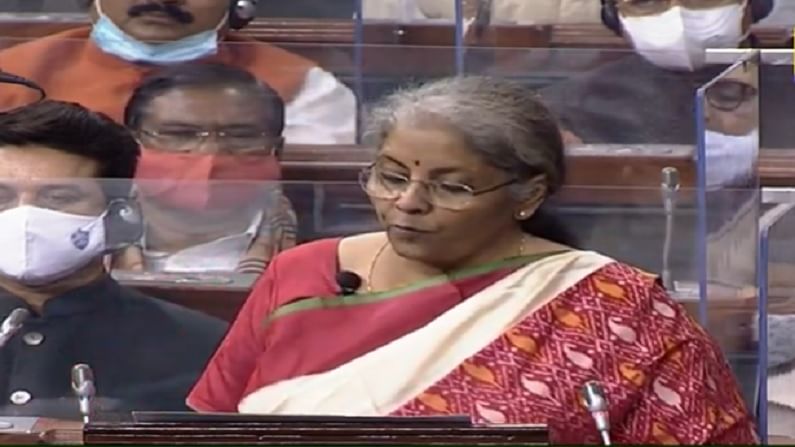Budget 2021 did not dig fresh holes and hid no old ones
More than any other measure and specific policy move, the fact that there has been no material change on the direct taxes front has boosted sentiments

The most important element of the union budget for 2021-22 is that there are no negative and nasty surprises of the kind that have given many an investor a bloody nose in the past.
The reason is simple. In the weeks ahead of budget day, North Block mandarins had a clear-cut directive from finance minister Nirmala Sitharaman: there was to be nothing that would shock and surprise people and sour the nascent mood and hopes of a recovery in the post-Corona economy of India.
This is a not a small achievement, considering the countless occasions when the fine-print has blown up the big-picture for the most astute of finance ministers. Had something similar happened at this crucial juncture in the normalisation of our economy, the resulting eruption could have shattered the wispy hopes of a return of positive sentiment in the economy.
More than any other measure and specific policy move, the fact that there has been no material change on the direct taxes front has boosted sentiments.
The fears of a tax on the rich, or an attempt to squeeze the equity markets for some more revenue had hung heavy in the air in the runup to the annual accounting exercise. Thankfully, they proved to be unfounded. The fact that there is no significant additional tax burden will help sustain consumption in the months ahead.
Of course, the proposal to tax interest earned on annual employee provident fund contribution beyond Rs 2.5 lakh will have a severe impact on the returns of the high-income earners from next year onwards.
The possibility of a tweak to this proposal during the consideration of the Finance Bill, 2021-22 in Parliament cannot be ruled out. Tax experts argue that a clarification is in order given the ambiguity on whether this move drags into its ambit public provident fund contributions.
Beyond the nitty-gritty of the micro-economics of the union government’s annual accounting exercise, are some larger questions related to the ongoing normalisation being witnessed in India’s macro-economy.
Why normalisation and not a full-fledged recovery as yet? The answer is that a recovery means different things for different sections of the diverse stakeholders of India’s economy.
For those who have lost jobs, a recovery would mean getting a job. For those who have been fortunate to hold on to their jobs, a recovery would be a roll-back of salary cuts.
For small and medium producers (the largest employment pool in India), a recovery would be a sustainable return of demand that allows producers a decent margin over their rising costs. For specific sectors like hospitality, tourism, entertainment, travel, food and beverages-a recovery would imply the return of “house-full” signs.
Clearly, the need for a big push to economic growth needs no debate. That the burden of returning India’s economy to a strong, medium-term, growth path rests on a big spending push by the government – both by the centre and our states is also a given.
It is here that the union budget has a positive surprise – near absolute transparency in spending that translates into realistic numbers of the gap between revenues and expenditure (the fiscal deficit).
Much attention has been focused on this, but the real credit for this welcome step is political will. It is a testament of the self-belief and conviction that saw Prime Minister Narendra Modi sign off on this great disclosure. Do recall that, successive governments, including the one led by an economist Prime Minister Manmohan Singh, have dithered, vacillated and baulked in disclosing the reality of the centre’s fiscal position.
This is why the fiscal impulse provided in this budget has been viewed with credibility. More than its quantum, it is the priority (capital expenditure) that provides comfort. Attention must also be paid to the Prime Minister’s remarks when he said this budget was a part of the series of Atmanirbhar Bharat packages announced by the Finance Minister during 2020.
In effect, the budget has provided some fiscal stimulus, expanded the deficit till 2026, provided funds for a crucial vaccination drive for India’s massive population and promised a massive reform by reducing the government’s participation in public sector enterprises.
These and several other positive measures will spur a corporate recovery and lift growth prospects in the medium to long term.
For the most pressing question of jobs, the strong, fill-throated endorsement of the importance of wealth creators and private sector enterprises by PM Modi in the Lok Sabha is a pointer that 2021 and beyond may be the beginning of a slow and steady recovery.
(Views expressed are personal)